Affiliate links on Android Authority may earn us a commission. Learn more.
Sony Mobile CEO: "We will never ever sell or exit from the current mobile business.”

For the better part of the current millennium, Sony has been in a perpetual state of financial turmoil. While some core businesses like gaming are safe and secure, fans need only to look at the VAIO brand to feel a twinge of pain. As far as the mobile market goes, the situation has been far less stable, with reports usually indicating a bleak future. Still, there are many around the world who cherish and respect the Sony brand name, and who covet the flagship Xperia Z series for its solid construction and state-of-the-art camera technology. We have weighed in on the situation before, as well as offered various commentaries on the outlook. In a recent interview with Arabian Business, Sony Mobile’s current CEO, Hiroki Totoki, had a chance to sit down and set the story straight.
What was said…

The report is spans quite a number of topics, including details about the background and initial struggles that Totoki faced upon his promotion by Sony CEO Kazuo Hirai. Most importantly however, it contains a very clear answer to the question that endlessly resurfaces in rumors and reports: “Will Sony bow out of the mobile industry?” The answer is essentially, no. More specifically, Totoki explained that, “Smartphones are completely connected to other devices, also connected to people’s lives — deeply. And the opportunity for diversification is huge. We’re heading to the IoT (Internet of Things) era and have to produce a number of new categories of products in this world, otherwise we could lose out on a very important business domain. In that sense we will never ever sell or exit from the current mobile business.”
We’re heading to the IoT (Internet of Things) era and have to produce a number of new categories of products in this world, otherwise we could lose out on a very important business domain. In that sense we will never ever sell or exit from the current mobile business.”
In reading through the interview, the CEO gives a very candid, honest look at just why the world has essentially written off the future of his division. The issue is largely related to the 2014 “write-off of the goodwill of our impairment asset [from] when we bought back [100% of] Ericsson’s share [in 2012].” He notes that “we had to write it down and it made a substantial loss for the company. [but] this was an accounting loss and did not impact our cash flow. Our cash flow is very healthy. But the accounting loss was so huge — that’s why people have speculated like this.” He also cites the sale of the VAIO brand as another cause for concern, adding that it “led people to think that Sony would exit the smartphone business, as well. But the smartphone business is very different from PCs.”
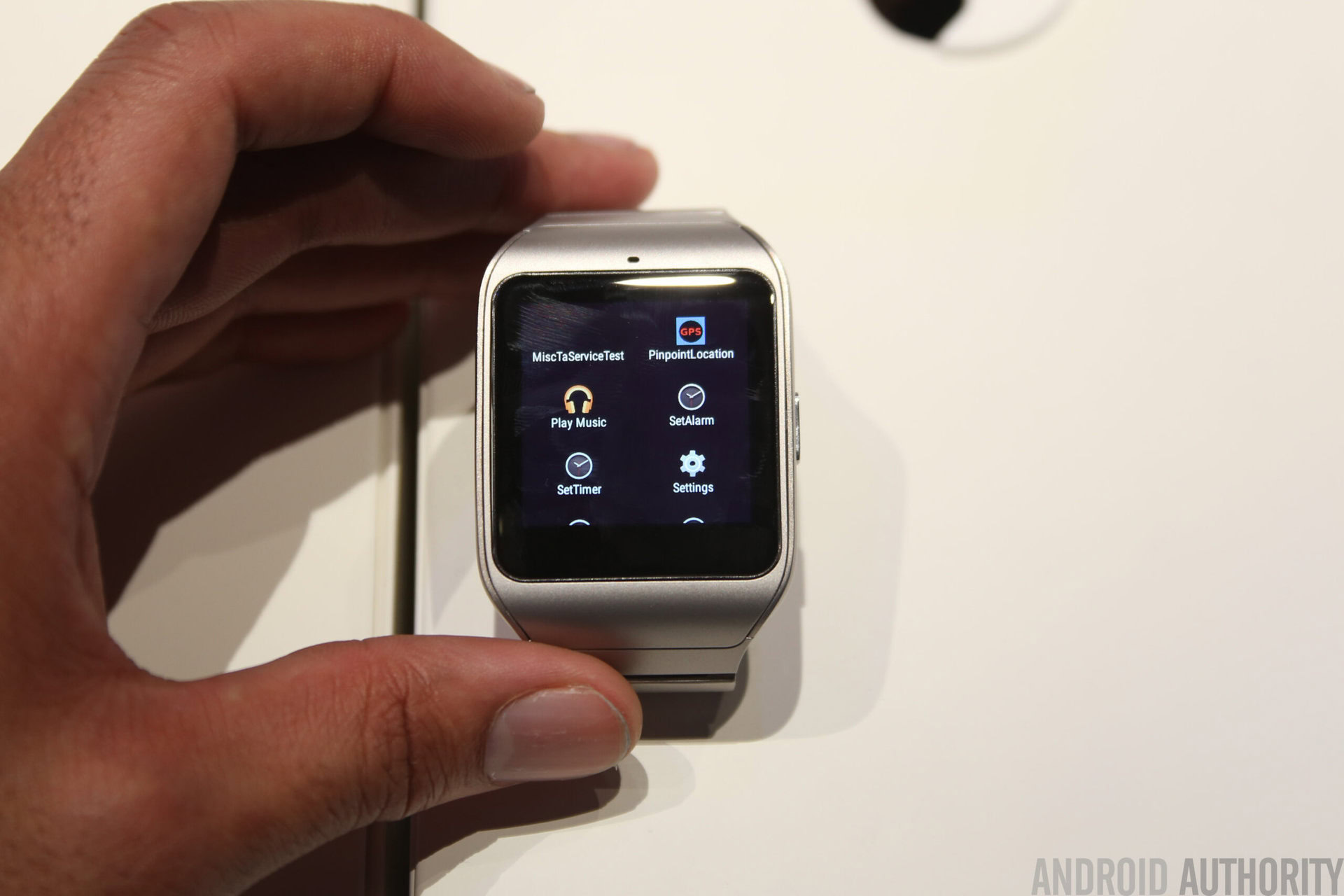
Also mentioned is the smartwatch segment, where Mr. Totoki explains that “those types of devices, and that side of the industry have become huge…Now we try to develop smart devices that are connected to the smartphone. In the future there will be categories of products that will connect to the network, connect machine to machine, connect machine to human, and connect human to human. That sort of connectivity will expand and we will try to develop even more categories in the future. That’s one major focus for this company. It’s a big future strategy.”
Acknowledging the growing ‘insurrection’ among rival OEMs, the CEO explained that “the smartphone device consists of a battery and a screen and chips. These are the main parts of a smartphone, and people can easily make them now. But it is the user experience that is not the same. Even if the device is the same, the user experience is different. And this is a very important point. People are not buying a smartphone because of the device and the way it looks — they are buying it because of the experience.”
…and what wasn’t.
While the cool, collected confidence that Mr. Totoki seems to exude is certainly a welcome sign of optimism, the challenges that the company faces are quite large, to say the least. While Sony has continued to produce quality hardware that provides excellent value-for-money, the sad reality is that most consumers aren’t using its products. Depending on the region, this may be a result of poor availability (i.e. North America) or else aggressive competition (i.e. China and India). With respect to the U.S. market, take for example the following data:
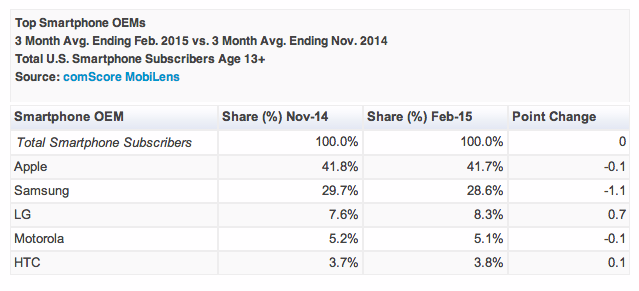
Not only is Sony absent from the Top 5 OEM listing, but in examining HTC’s marketshare at just 3.8% in February 2015, even were Sony to be #6, the percentage would be arguably a trivial one at best. Still, Sony’s main market is not the USA as evident by the lack of availability of the new Xperia Z3+ (and seemingly all other handsets). The company has decided to release it only on Verizon, and a modified, enhanced version of it no less. Other devices, such as the Xperia M, Xperia T, Xperia E (and so on) are nowhere to be seen leaving more price-conscious customers to gobble up offerings by HUAWEI, Motorola, or LG. Sony is arguably missing some very big potential here, as its brand name recognition would do wonders against mid-to-low end devices of similar offerings by “lesser” manufacturers.
So what about its home, then? As a Japanese company, Sony should seemingly be doing well in its home territory, yet sales data from December of 2014 indicated that wasn’t the case either:
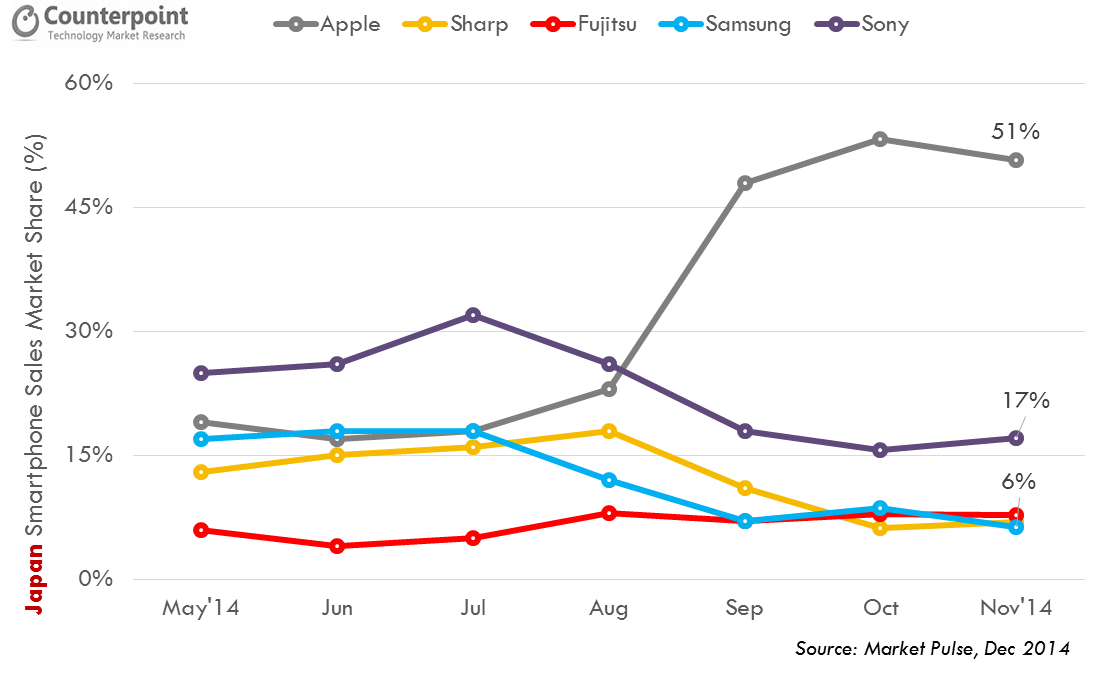
The caveat again, however, is market penetration: Sony sells a relatively few number of devices in its home country, and they are essentially all top-tier products. As Japan has the third largest economy in the world, consumers aren’t so actively motivated to seek out entry-level smartphones and thus carriers in the Land of the Rising Sun don’t offer them. While it is quite common to see the Sony logo on smartphones while walking around Tokyo or riding a commuter train, by-and-large the lion’s share of sales go to Apple.
This of course leaves the markets of Europe, Asia, the Middle East, and Africa, where Sony actively releases many lower-end products that don’t see release in the previous two. India, now considered to be the “new China” as far as market potential goes, has an absolutely stunning number of OEMs competing for a piece of the pie, and as can be seen below, Sony is clearly not one of the major ones:
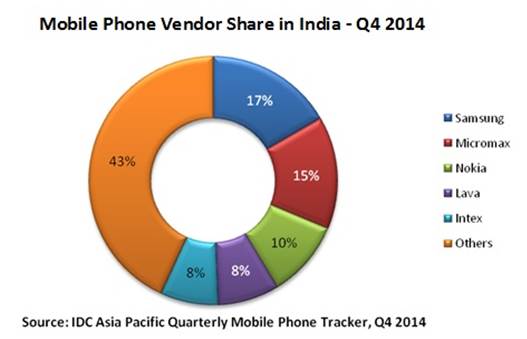
This is not to say Sony’s future is bleak or insurmountable mind you, rather these charts are simply demonstrating the uphill battle the Japanese OEM faces if it seeks to become a major player in the mobile world. It’s worth pointing out, however, that technically speaking Sony doesn’t need to be in the Top 3 listing to be profitable; there is enough money to be made from selling lower-end hardware to millions upon millions of consumers in China, India, Brazil, Indonesia, and others that it can still do well enough as “just another” OEM. The problem thus, is largely relegated to the pride and prejudice with which consumers view and judge the Sony brand from past experiences.
The ‘taboos’
Another issue not mentioned, but which many Sony fans no doubt feel strongly about, is the seemingly disorganized, disconnected manner in which Sony Mobile operates on a global scale. Since the release of Android Lollipop alone, there has been at least one major PR mishap that spurred outrage among Xperia lovers. When a Tweet appeared (see above) on Sony’s official Xperia stream and informed readers that only the Z series devices would be updated to Android 5.0, commentators were furious to say the least. While this proved to be absolutely false, at the end of the day such a damaging Tweet should never have been posted in the first place.
Then of course, there was the removal of the Xperia Z3 from T-Mobile’s line-up only for it to resurface again without warning, but with a price-cut. The Z3+ however, remains totally absent. It’s difficult to say just what was going on here in truth, as T-Mobile might have mistakenly pulled it (though given the time frame it was unavailable this seems unlikely), Sony might have wanted it removed and had a change of heart, etc. The incident did unfortunately, inadvertently imply that the Uncarrier might have been replacing it with the Z3+ and hence some customers were no doubt disappointed when it was relisted.
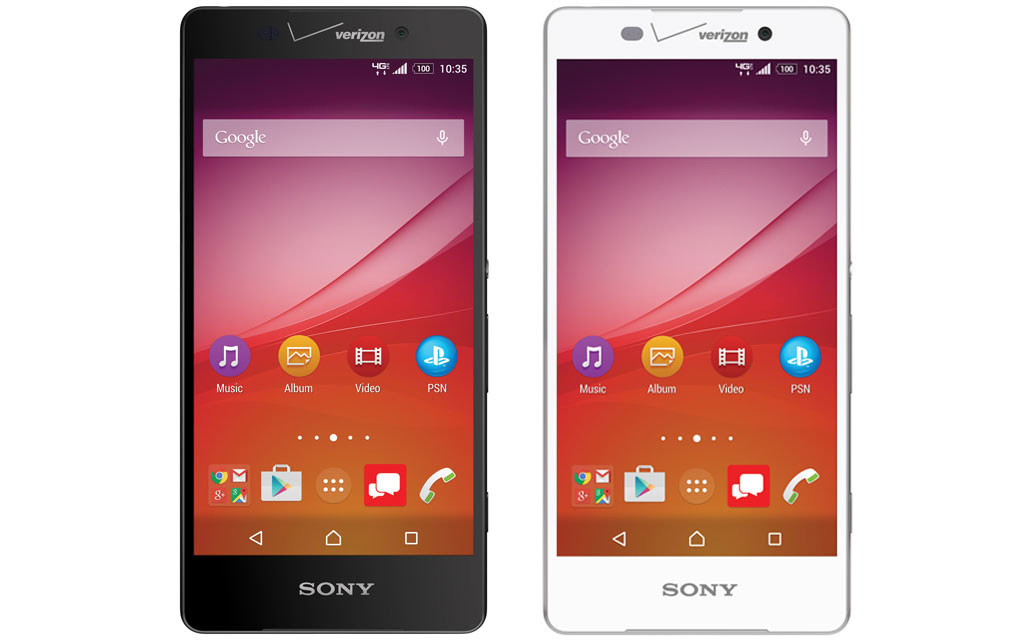
Another questionable PR snafu was this past May when Jonathan Lin, General Manager of Sony Mobile Taiwan, publicly stated the company had no intention of making a QHD smartphone: “At the moment, making the move to 2K technology on 5- to 5.5-inch screens does not seem able to achieve market segmentation, so we have no plans to launch 2K phones [and that it would require] “significant improvements in display quality and digital image processing technology.” While the user benefits of a QHD display may be a topic up for debate, the adamant decision hardly won over any Xperia fans hoping their OEM would make devices on-par with leading competitors. Then, once again, reality proved the admission false as Verizon proceeded to announce the Xperia Z4v which, among several enhancements over the standard Z3+/Z4, includes a QHD display. (We can only guess as to what will pan out with the decision to forgo USB Type-C for the near future.)
Indeed the Z3+/Z4 itself is somewhat of a taboo for Sony, as the company has been on a major PR offensive to explain everything from why it exists period to dealing with the pervasive criticism that the Snapdragon 810 CPU contained inside it causes overheating issues. And then there is the naming issue. The device itself has faced rather sharp criticism from fans and pundits alike due to the perceived shortcomings and questionable nature of its ability to positively affect the company’s bottom line. These stem almost exclusively from its remarkable similarities to the Z3 which came before it. Many fans were expecting something more profound, more unique, and more original, especially amid talk of shifting to a longer release cycle for the Z flagships and the rumors of a truly new flagship device.
On a final note, with respect to the smartwatch market segment, Mr. Totoki was quite eager to mention Sony’s early adoption of the wearable platform, however nothing was said with respect to sales figures. Given that Sony’s offerings are of a decidedly different nature than say, the LG Watch Urbane or even the Moto 360, it remains to be seen just what the next iteration will bring to the table. A lot of developments have happened with Android Wear devices since the launch of the Smartwatch 3, and Sony will need to step up its game if it wants to stand out.
Much to do about something
https://soundcloud.com/androidauthority/sony-mobiles-decline-fdp-005
It’s quite interesting to see what a difference time can make: It seems like only yesterday that Kaz Hirai was waxing poetic about potential alliances in the “highly volatile” mobile business sector and his thoughts on the next three years of business. Said interview prompted more than a few people to start counting down a proverbial “doomsday clock” of sorts until Sony would possibly make such a bold announcement as partnering with another OEM or outright offloading the business unit entirely. And who could forget the talk that started when word spread of the VAIO Corporation’s plans to release a phone and what that might have entailed.
While many of us at Android Authority have shared our thoughts on the decline of Sony Mobile, no one here, or perhaps anywhere for that matter, wants to see Sony fail or falter. The company has produced some of the most iconic, innovative digital devices of the modern age and the world needs it to continue to pave the way forward with new technology and techniques. The recent interview with Sony Mobile’s CEO couldn’t have came at a better time and, while we won’t know for sure what the future holds for the Japanese maker, it’s clear that it has no intention of stepping aside no matter how loud the skeptics are. Here’s to the future.